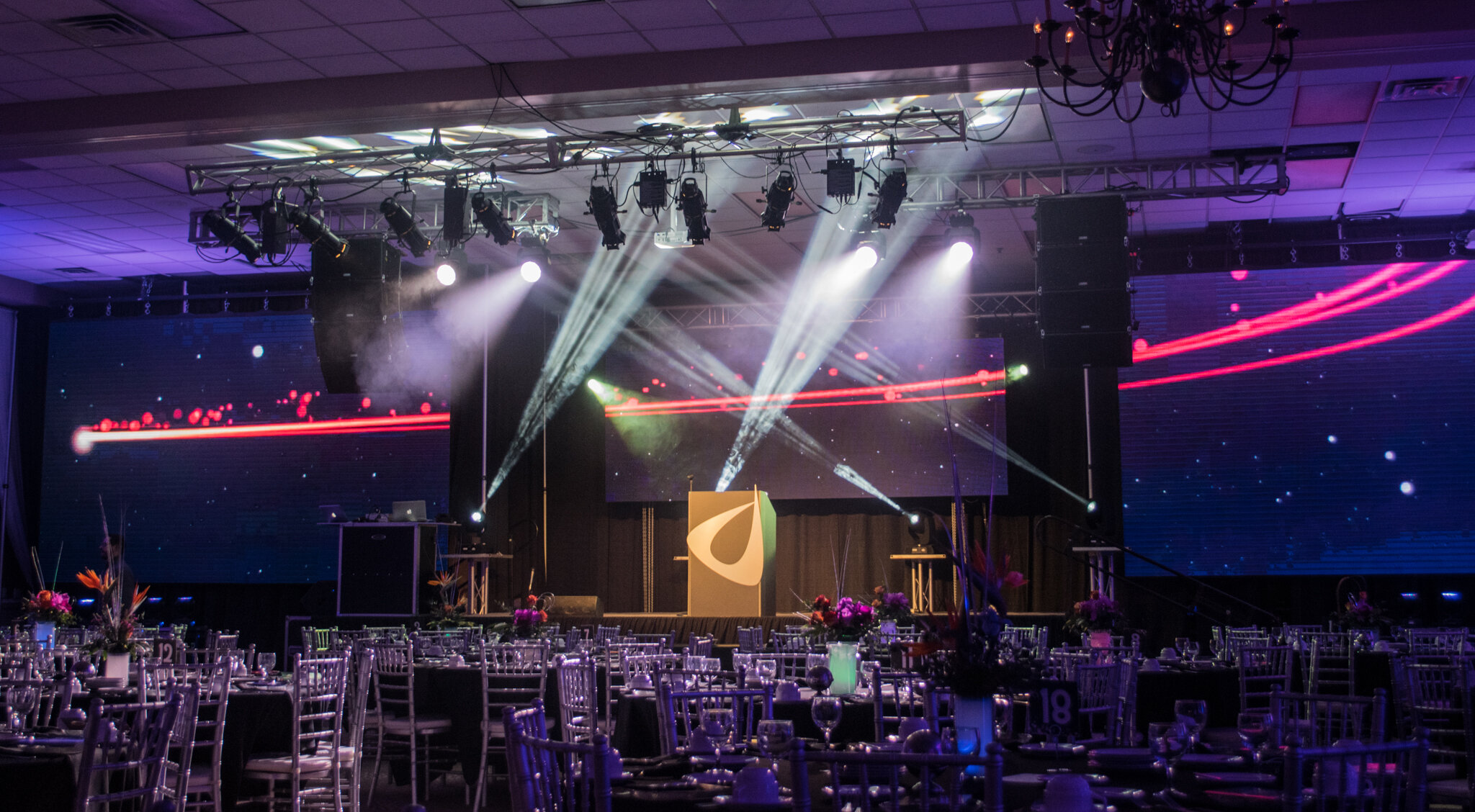Conquering Obstacles in the Art of Video Image Mapping Implementation
Wiki Article
Video projections mapping is an innovative method that converts ordinary areas into dynamic displays. This method enables artists and design professionals to cast images and footage onto objects like buildings, statues, or stages, creating an immersive visual encounter. However, despite its potential, implementing video projection mapping successfully comes with several obstacles. Understanding and overcoming these hurdles is crucial for anyone seeking to create impactful projection art.
One of the main challenges in video projection mapping is guaranteeing that the projected image aligns accurately with the surface. This procedure, known as "mapping," requires precise calculations and calculations. If the projection is not aligned properly, the images can look distorted or off. To tackle this issue, artists often use specialized software that helps in mapping the graphics to the object's dimensions. Moreover, conducting comprehensive tests before the final projection can help detect any misalignments and allow for modifications to be made.

Another major obstacle is the different brightness and hue of the projected visuals. Different surfaces respond differently to light, which can influence how the colors look once projected. For instance, a pale surface will bounce brightness differently than a deep one. To tackle this, artists must think about the surface try this web-site characteristics before choosing the colors and light levels for their projections. Testing the display on the real surface during the planning phase can provide essential insights into how the ultimate show will look.
Technological issues can also pose a hurdle in video projection mapping. Problems such as hardware malfunction, software bugs, or connectivity problems can disrupt the entire production. To reduce these risks, it is vital to conduct thorough hardware inspections and have backup plans in position. This can include having additional cables, projectors, and even alternative software choices ready to go. Being prepared for technological difficulties can ensure a more seamless execution of the projection.
Finally, viewers' engagement is an important aspect of video projection mapping. While the graphics are key, how the viewers engage with the presentation can make a big impact. Artists must consider about how to create their displays to attract viewers’ focus and promote interaction. This can involve adding elements that encourage engagement or create a important source story that connects with the viewers. Gathering input from test viewers can also help enhance the show to enhance engagement.
In conclusion, overcoming obstacles in video projection mapping requires careful planning and creativity. By addressing the challenges of alignment, brightness, technical issues, and audience engagement, creators can produce stunning and effective projections. With the right strategies in position, video projection mapping can change ordinary spaces into extraordinary experiences, captivating audiences and leaving a lasting impression.